
Embracing the Modern Art Market with Artist Diane Rosenblum
Artist Spotlight: Diane Rosenblum – San Francisco, CA
Diane – how did you get where you are today?
Passion and persistence. When I was 22, I moved to Japan and began to look at the world from a new side and make art that resonates with a deeper truth. After returning to California two years later, I continued through many projects to show reality in a new light. That desire, to show life in a new light, has been the through line in my work, and I’ve stuck with it. No matter what happens in my life, I maintain a creative practice.
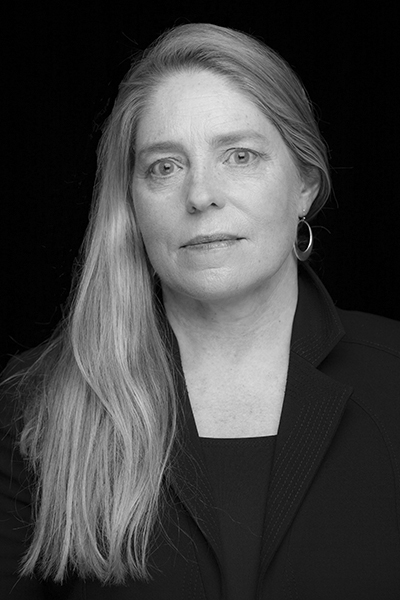
Photo by Pam Jackson
Describe your artistic aesthetic in 140 characters or less…
I have a wry sensibility with sumptuous overtones; my work is memorable like the best wine, visionary and quietly elegant.
“No matter what happens in my life, I maintain a creative practice.”
How do you use the city of San Francisco as a source of inspiration?
Having grown up in San Francisco, I instinctively combine Western and Asian influences, and create with the sense of openness and freedom that are central to what it means to be a San Franciscan. As an artist, the light of this place is embedded in my bones — the fog rolling in and out, the wet night air dripping from trees — these shape the way I see. My sense of proportion is largely taken from the local architecture and landscape.
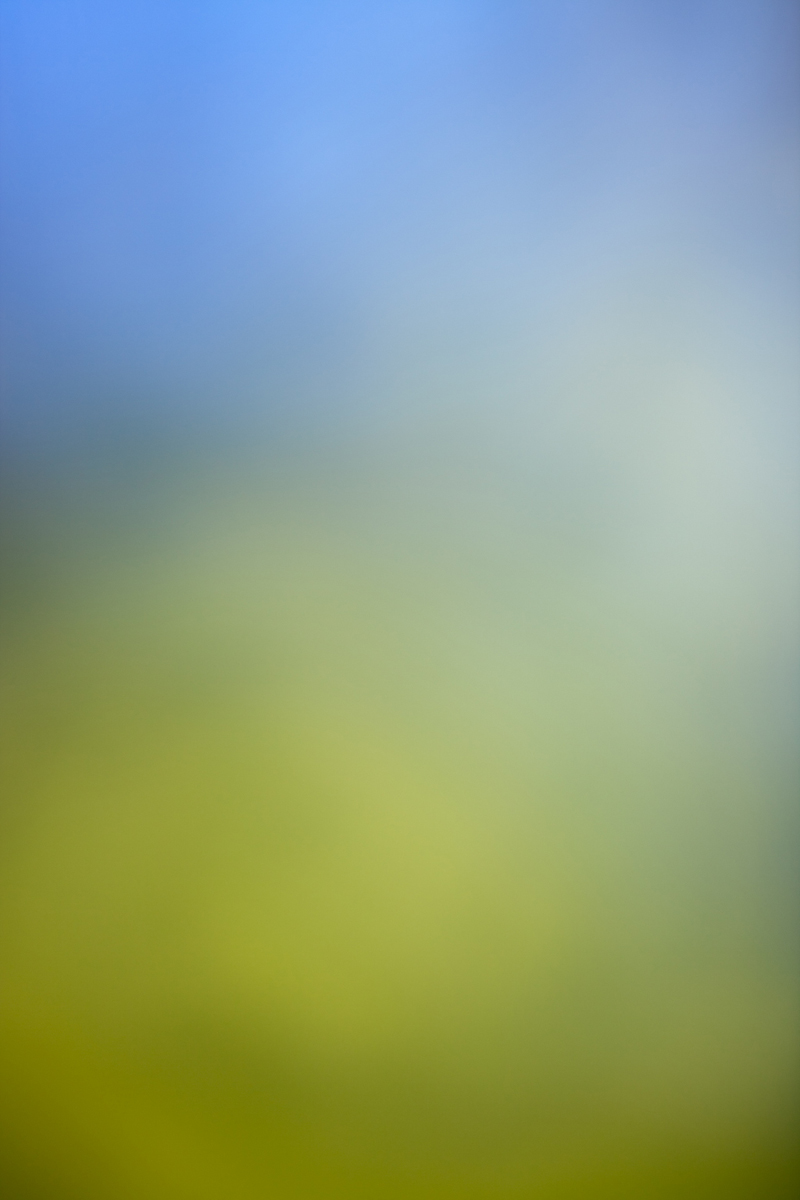
From the Diane Rosenblum series “In My Mother’s Garden”
What’s the art scene like in San Francisco?
Small compared to LA or New York.
Can you name some of your favorite local artists and galleries?
I like the Fraenkel Gallery, the galleries at and around the Minnesota Street Project and the Oakland art scene. My favorite local artist is Jim Campbell, whose low tech videos works are mesmerizing and wonderfully original.
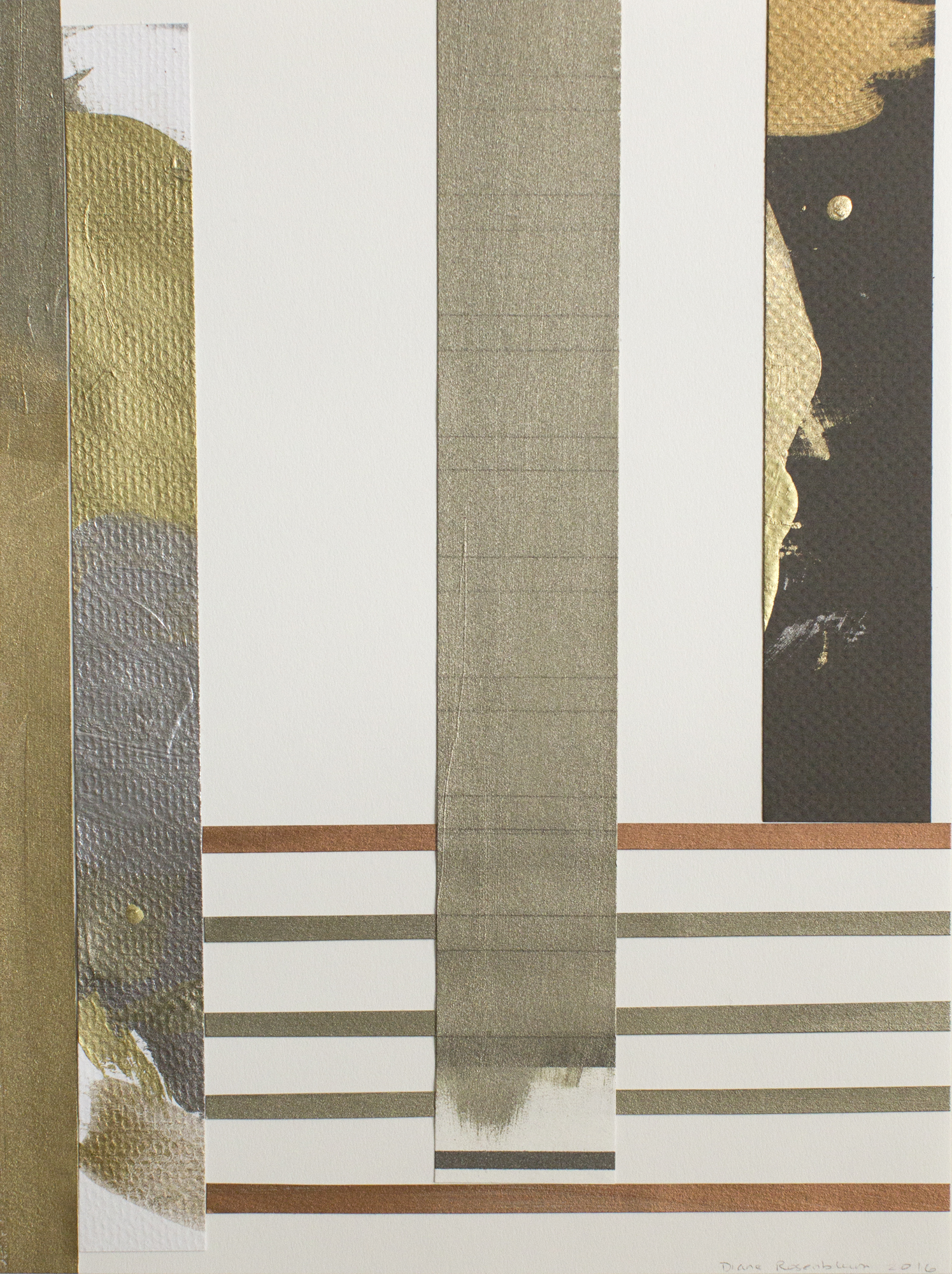
From the Diane Rosenblum series “Golden Drawings”, shown at the 2017 Decorator Showcase
What’s your creative process like?
It’s a mix of free flow and research. Sometimes, I’m in my studio intuitively making Golden Drawings, and other times, I am doing data analysis for a work in my Measure of Art series. In some of my projects, I do a fair amount of historical research. For example, in Topography (Re)Newed, I look at a lot of nineteenth century American landscape paintings. I read widely on the subject, from biography to history to art theory. Then, I let what I learn percolate until I have ideas for new pieces. I explore and experiment a lot, and enjoy opening up new ways of seeing.
“It’s an interesting time to be working as the ground is shifting, and I feel a sense of possibility. Technology opens up new creative methods for designers and for artists, and also facilitates collaboration.”
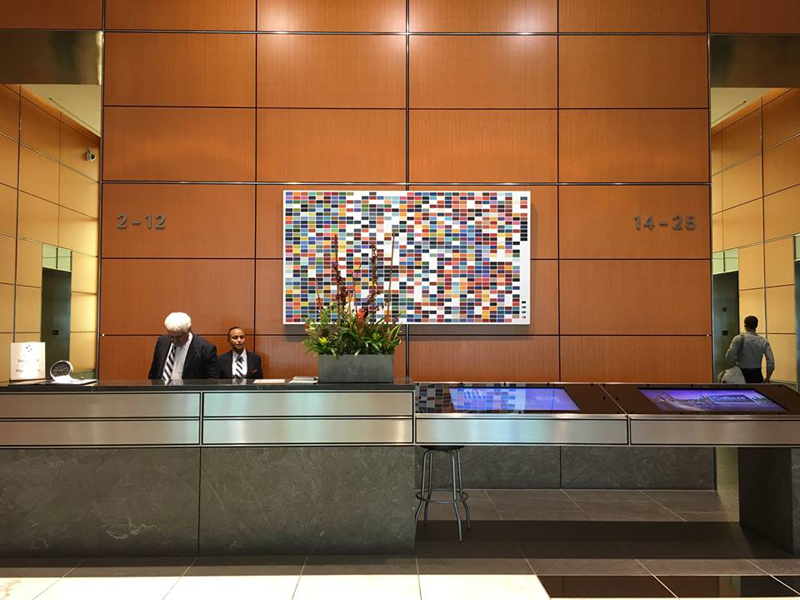
From the Diane Rosenblum series “A Measure of Art”
Walk us through your latest series/collection…
In Topography (Re)Newed I unite two different ways of seeing a landscape: realism and abstraction. The realistic view is drawn directly from mid 19th century landscape paintings made by members of the Hudson River School including Thomas Cole, Albert Bierstadt and Frederick Church. Abstraction enters the picture in the form of squares and rectangles of solid color that interrupt the detail and narrative flow of the realistic image. I developed this approach because our landscape, territory and worldview now consist of digital information as much as the physical land itself. I feel that for landscape painting to remain vital and relevant, it needs to expand its methods of representation in a way that viscerally embodies and meaningfully incorporates this fundamental truth.
“I love working collaboratively, making new art for a space through a creative dialogue with an interior designer. And, I’m always happy to place existing work in a well-designed space! There are many ways to work together. That’s what makes it fun.”

From Diane Rosenblum series “Topography (Re)Newed”
Based on your knowledge of the industry, how way technology changed the way artists and interior designers do business?
The internet is breaking down the old models of the art world. Traditional gatekeepers – institutionally situated curators, gallerists and critics – are not as important as they once were. Artists increasingly represent themselves and form transitional alliances with designers, independent curators and partners in industry. The online market for art is growing rapidly and is powered by younger collectors. It’s an interesting time to be working as the ground is shifting, and I feel a sense of possibility. Technology opens up new creative methods for designers and for artists, and also facilitates collaboration.
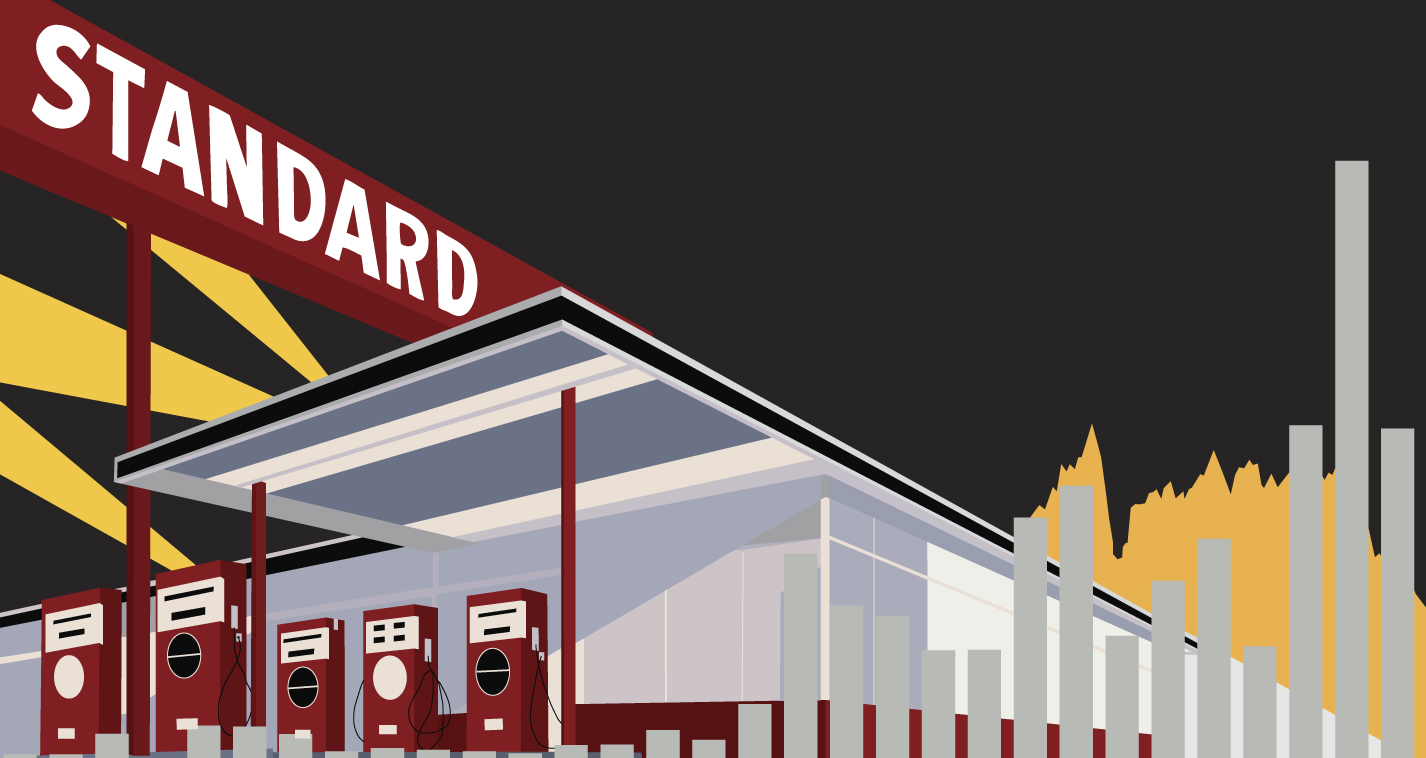
From the Diane Rosenblum series “A Measure of Art”
How do you typically work with interior designers?
I love working collaboratively, making new art for a space through a creative dialogue with an interior designer. And, I’m always happy to place existing work in a well-designed space! There are many ways to work together. That’s what makes it fun.
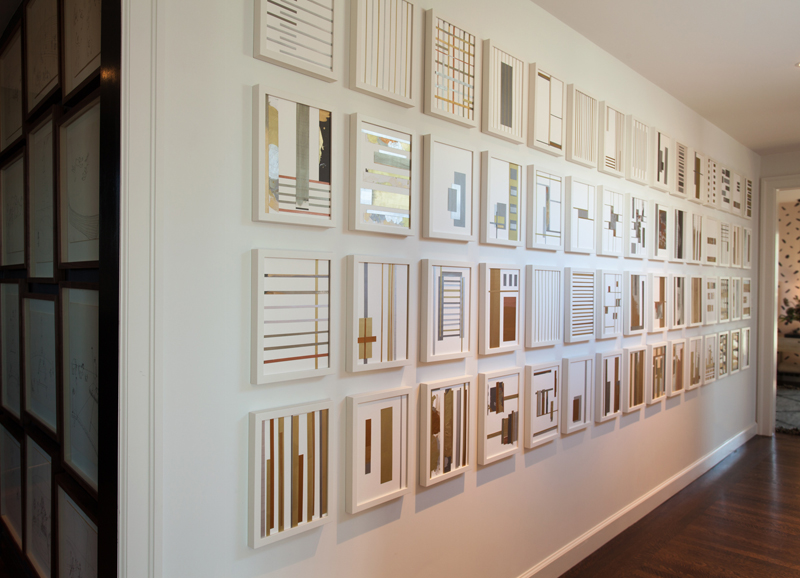
From the Diane Rosenblum series “Golden Drawings”, shown at the 2017 Decorator Showcase
What are 3 tips of “best practices” you can offer interior designers for choosing the right artwork for a space?
1. Consider art in the design process from the beginning, from concept to budget, to plan. It’s not an afterthought, but an integral part of the space.
2. Don’t be afraid to be daring when it comes to art. Brave art provides focus, energy, vitality, emotional connection and stimulus for conversation.
3. Find art that has real content, that has some resonance, ambiguity perhaps, subtlety, and power. If you want to use original art to elevate a space remember, it can be light, but not lite.




